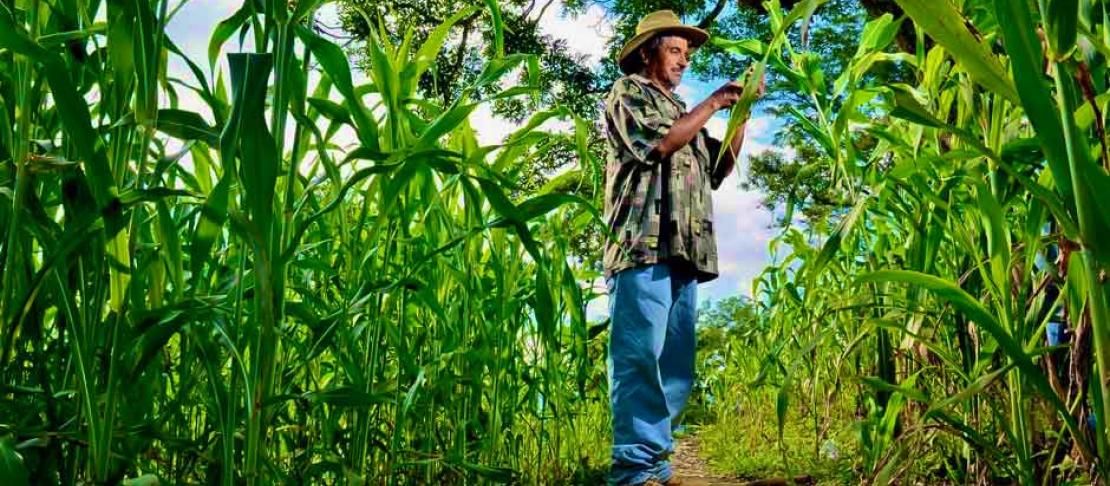Scaling-up climate smart practices – why is it so hard?

by Cecilia Schubert
“Why is action on agriculture needed now?” This was the opening question by Alexander Mueller of the UN Food and Agriculture Organization, at a side event at the Doha climate talks. The answer can very easily turn into a long elaborative list of “becauses”, but in short, and without doubt, climate change is already affecting smallholder farmers and multiplying the challenges they already face. Even if the time to act was yesterday, there is still little time to create a food secure, sustainable future. This makes COP18 in Doha an important opportunity to agree on action - now.
Achieving food security under impending climatic change and growing populations is a difficult task. One way of dealing with it is through climate-smart agriculture approaches (CSA). But despite progress, in research and commitments, few farmers are benefitting by CSA to date. This was one of the main discussion topics at the FAO-led side event “How can climate smart approaches help build resilience to food security and agriculture” on 27 November. At the moment climate-smart agriculture projects face a lot of barriers that hinders farmers to benefit and allowing them to scale up. Barriers like social exclusion, language-use in climate information, and managing to scale up efforts are some of the many challenges to date.
According to James Kinyangi, East Africa Regional Program Leader with the CGIAR Research Program on Climate Change, Agriculture and Food Security (CCAFS), there is a gap between the potential benefits that new technologies can offer farmers, and the practices that farmers are actually implementing. “A social reform around knowledge and enhancement of the ability to take up technologies and using them is needed” James concluded, “together with institutions that support farmers.”
When it comes to scaling up climate smart practices, it helps to target efforts towards supporting the most vulnerable. Listen to James Kinyangi’s advice on how targeting can help. CCAFS East Africa is working with vulnerable groups in society, like women and youths, to build up their capacities. Targeting offers an opportunity to work with the more vulnerable segments of the society and their skills and challenges:
Agnes Otzelberger from CARE International pointed out that patchy, difficult climate data language is stopping farmers to implement needed weather information into their practices. “The information is in a foreign language,” she said, concluding that there is a need for a “knowledge broker process where information is translated and targeted to the audiences.” Also, we shouldn’t take for granted mobile phones and radios among smallholder farmers. Despite the increase of these communication tools, many are still without. "Climate information dissemination must therefore be flexible to the context and be able to adapt to community needs," she emphasised.
Read about our work to bring climate information to farmers in West Africa.
Cecilia Schubert is a communications assistant at the CGIAR Research Program on Climate Change, Agriculture and Food Security (CCAFS). Read more updates from the climate conference on our blog. Follow @Cgiarclimate and @Agricultureday on Twitter for the latest news.